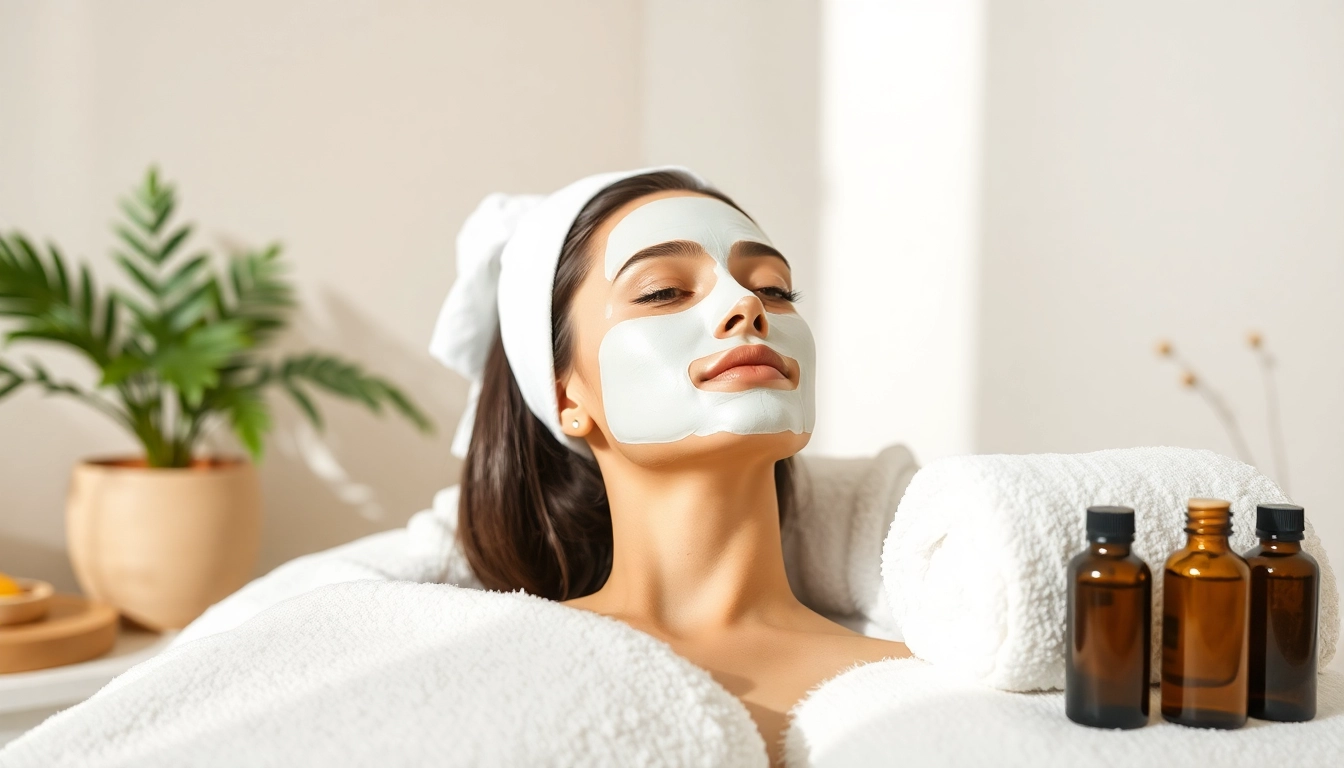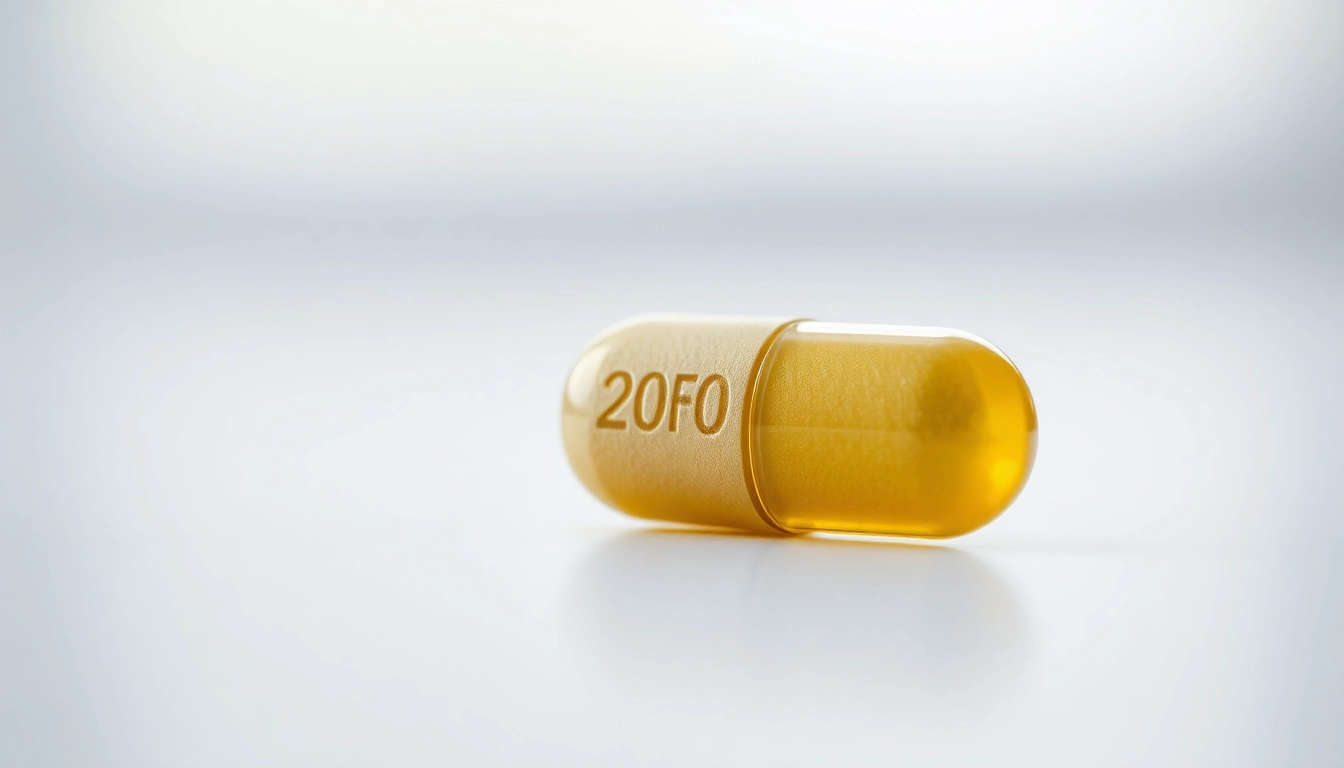Understanding the Benefits of Facial Masks
What is a Facial Mask?
A facial mask is a skincare product that is applied to the face for the purpose of improving the skin’s appearance and texture. Typically composed of a thick cream, gel, or sheet of fabric soaked in a beneficial solution, these masks deliver concentrated doses of active ingredients that cater to various skin concerns. They come in different forms such as peel-off masks, clay masks, gel masks, and overnight masks, each designed for specific effects and skin types. Using a facial mask can be a relaxing ritual that not only enhances skin health but also provides a moment of self-care and pampering.
Key Ingredients to Look For in Facial Masks
The effectiveness of a facial mask hinges largely on its ingredients. Recognizing which components target your specific needs is critical:
- Hydrators: Ingredients like hyaluronic acid and glycerin help attract moisture to the skin, making them perfect for dry skin types.
- Exfoliants: Ingredients such as alpha hydroxy acids (AHAs) and beta hydroxy acids (BHAs) help to slough off dead skin cells, promoting a smoother complexion.
- Antioxidants: Vitamin C, E, and green tea extract help to protect the skin against environmental stressors and brighten the complexion.
- Soothing Agents: Aloe vera and chamomile are excellent for calming irritated skin.
- Clays: Bentonite and kaolin clay are effective for oily skin, absorbing excess oil and tightening pores.
Benefits for Different Skin Types
Facial masks can target numerous skin types and conditions:
- Dry Skin: Hydrating masks offer moisture and nourishment to combat dryness.
- Oily Skin: Clay and charcoal masks help in detoxifying the skin and controlling oil production.
- Acne-Prone Skin: Masks with salicylic acid or tea tree oil can reduce breakouts and inflammation.
- Sensitive Skin: Soothing masks with natural extracts provide relief from irritations.
- Aging Skin: Anti-aging masks with peptides and antioxidants help to stimulate collagen production and minimize fine lines.
Choosing the Right Facial Mask for Your Skin
Identifying Your Skin Type
The first step in selecting an effective facial mask is to accurately identify your skin type. Here are common categories:
- Normal: A balance of moisture and oil, with few blemishes or dry patches.
- Oily: Excess sebum production, leading to a shiny complexion and enlarged pores.
- Dry: Tightness and flakiness, often accompanied by rough textures.
- Combination: A blend of oily and dry areas; typically oily in the T-zone and dry on the cheeks.
- Sensitive: Reacts easily to products, often resulting in redness and irritation.
How to Match Masks with Skin Concerns
Once you’ve identified your skin type, it’s essential to align your mask choice with specific skin concerns:
- For dry skin, seek out hydrating masks rich in emollients and humectants.
- If you have oily or acne-prone skin, opt for clay-based masks to absorb excess oil.
- Choose brightening masks with vitamin C if you aim to address dullness.
- Consider soothing masks with calming ingredients if you have sensitive skin.
- For aging skin, look for masks containing retinol or peptides.
Top Brands and Products to Consider
The market is flooded with facial masks, making it challenging to choose the right ones. Here are some top brands celebrated for their efficacy:
- Origins: Known for natural ingredients and effective formulations.
- Garnier: Offers a vast range at an affordable price, focusing on hydration and purification.
- Drunk Elephant: High-quality ingredients free from nasties, focusing on natural skincare.
- Fresh: They combine beneficial botanicals with luxurious textures.
- Laneige: Renowned for their overnight masks that provide deep hydration.
How to Properly Apply a Facial Mask
Preparation Steps for Maximum Effectiveness
Ensuring that your skin is prepared prior to applying a mask enhances its effectiveness. Start by cleansing your face to remove makeup, dirt, and impurities. Exfoliate gently to promote better absorption of ingredients. Follow up with a toner to balance the skin’s pH levels, prepping it for the mask.
Application Techniques for Different Mask Types
Different types of facial masks require varied techniques:
- Cream Masks: Apply with clean fingers or a brush, ensuring an even layer.
- Clay Masks: Use a brush or spatula to prevent contamination from fingers.
- Sheet Masks: Unfold and apply directly to the face, smoothing it out to remove air bubbles.
- Overnight Masks: Use as the last step in your nightly routine for prolonged absorption.
Common Mistakes to Avoid
While applying facial masks, avoid these pitfalls:
- Over-applying the product can overload the skin without providing additional benefits.
- Neglecting the specified duration can lead to irritation or reduced effectiveness.
- Not being mindful of personal skin sensitivities, leading to adverse reactions.
- Skipping pre-mask prep can diminish the mask’s potential benefits.
DIY Facial Mask Recipes for Home Use
Simple Ingredients for Nourishing Facial Masks
Creating DIY facial masks can be both fun and effective. Here are some simple ingredients to consider:
- Honey: A natural humectant that retains moisture.
- Oatmeal: Helps soothe irritation and gently exfoliate.
- Avocado: Rich in fatty acids and vitamins, providing nourishment.
- Yogurt: Contains lactic acid, which can help with exfoliation.
- Coconut Oil: Provides deep hydration and is great for dry skin.
Step-by-Step Guide to Creating Your Own Mask
Here’s a simple guide to create a hydrating mask using common ingredients:
- Begin with ripe avocado; scoop out half into a bowl.
- Add a tablespoon of honey and mix until smooth.
- Apply the mixture evenly on your clean face.
- Leave it on for approximately 15-20 minutes.
- Rinse with lukewarm water and pat dry.
Safety Tips and Patch Testing
Before trying any new mask, particularly with pure ingredients, it’s essential to perform a patch test. Here’s how:
- Apply a small amount of the mixture to your inner arm.
- Wait 24 hours to see if there’s any allergic reaction.
- If irritation occurs, do not use the mask on your face.
Measuring the Effectiveness of Facial Masks
Key Performance Indicators for Skincare
To gauge whether a facial mask is delivering results, consider these key performance indicators:
- Hydration Levels: Measurement before and after using the mask can indicate efficacy.
- Skin Texture: Notice any improvement in smoothness and softness over time.
- Reduction in Breakouts: Track changes in frequency and severity of acne.
- Radiance: Evaluate whether your complexion appears brighter and more energized.
How to Track Changes in Your Skin
Document your skin’s response by keeping a skincare journal where you note:
- The specific masks used and their active ingredients.
- Skin reactions, such as irritation or enhancements.
- Any changes in the frequency of skin concerns like acne or dryness.
When to Consult a Dermatologist
If you notice persistent adverse reactions or skin issues that don’t improve with regular use of facial masks, it’s advisable to consult a dermatologist. Signs that warrant professional advice include:
- Severe irritation or allergic reactions.
- Persistent acne or worsening skin texture.
- Any unusual changes in your skin that concern you.



